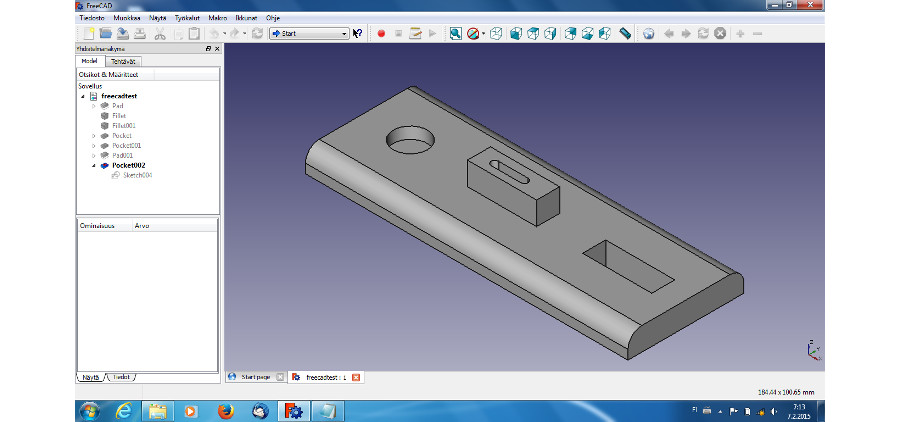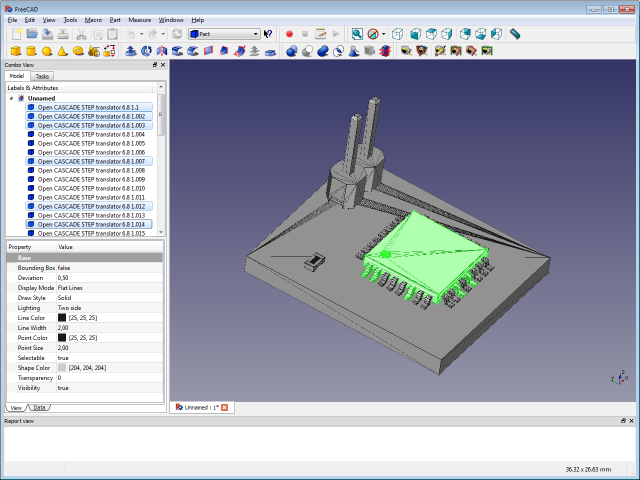

- FREE CAD PROGRAM WITH STL EXPORT SOFTWARE
- FREE CAD PROGRAM WITH STL EXPORT FREE
- FREE CAD PROGRAM WITH STL EXPORT WINDOWS
FREE CAD PROGRAM WITH STL EXPORT WINDOWS
Note: To change the values associated with each of the resolution settings (High/Medium/Low) you need to edit the Windows registry.

To check your modifiers have been applied before exporting: For a quick overview of designing in Inventor, click here. Autodesk Inventor allows you to save both individual parts and assemblies in STL format, at all design levels. The “High” setting will produce a large file size. Within this window, you can select the resolution (faceting) for your model (High, Medium, Low and Custom) and check that your units are correct. Tip: Before finalizing your export, select the Options tab. From Low, Medium to High, the hairdryer sample file in Inventor went from about 6.7MB to 17.6MB to 50MB. Note: The “High” setting will also produce the largest file size. Within the preview window, select Save Copy As or Send to 3D Print Service.Select Options and choose desired resolution and click OK.Note: We don’t recommend Sketchup for use with 3D printing as it does not export well and is best for early design sketches rather than producing physical models.
FREE CAD PROGRAM WITH STL EXPORT FREE
We recommend uploading your SketchUp file into Meshmixer (a free program from Autodesk) to check your file for faceting and fix any surface flaws. Tip: SketchUp isn’t inherently built for model production therefore it’s useful to check your SketchUp file for additional feature accuracies once it’s exported from the interface.
FREE CAD PROGRAM WITH STL EXPORT SOFTWARE
If your CAD software is not listed below or if you require additional assistance, please contact your CAD software technical support for information about exporting to an STL. The following step-by-step instructions for converting CAD files to STL came from each CAD software company’s website or from 3D printing and design user forums it’s an overall simplified step-by-step process from the greater 3D printing community. We’ve compiled tips on exporting for the best “surface: file” size ratio below. These are the parameters that affect the faceting of the STL.

When exporting to STL in your CAD package, you may see parameters for chord height, deviation, angle tolerance, poly count, or something similar. 3D printing can only accept a certain file size therefore it’s important to find a balance between your model, its desired surface, and the 3D printing process of your choice. However, the smoother/ less faceted your surface is, (the higher the poly count or triangulation) the larger your file. If the STL is coarse and faceted the physical 3D printed model will be coarse and faceted as well. You cannot build the model smoother than the STL file. The parameters used for outputting a STL will affect how much faceting occurs (Figures 2 and 3). The triangulation (or poly count) of a surface will cause faceting of the 3D model. STL is a triangulated representation of a 3D CAD model (Figure 1). STL is the standard file type used by most additive manufacturing systems.


 0 kommentar(er)
0 kommentar(er)
